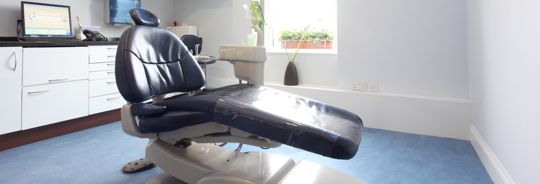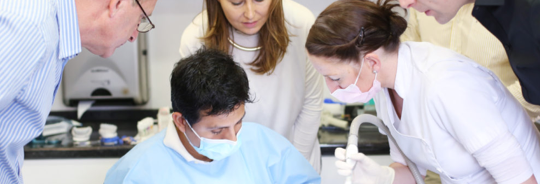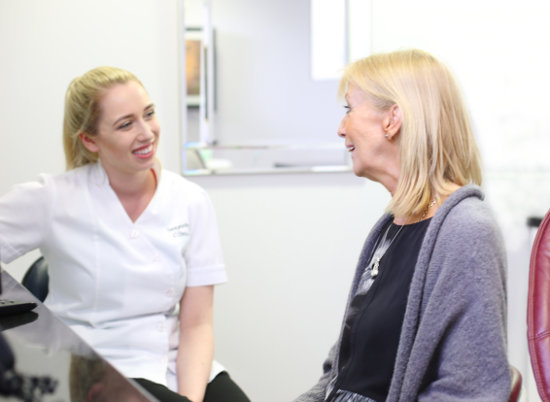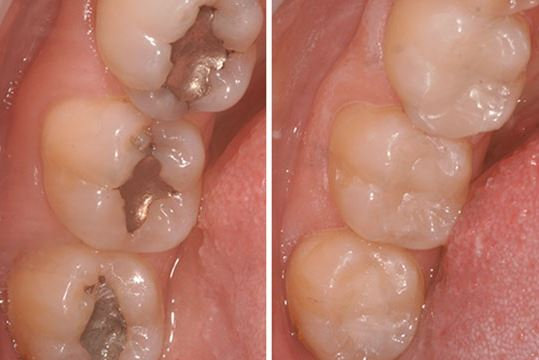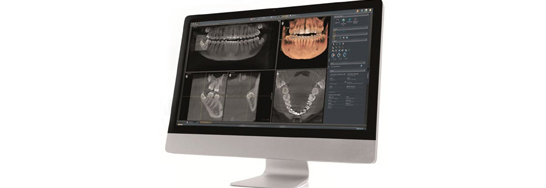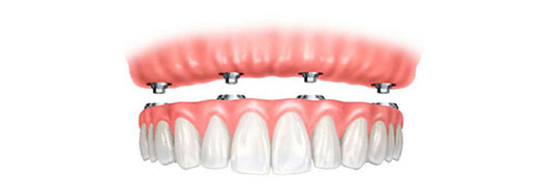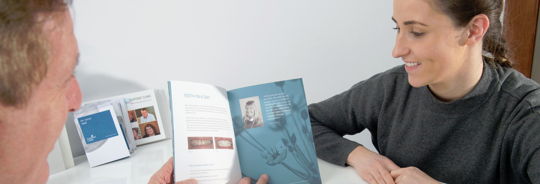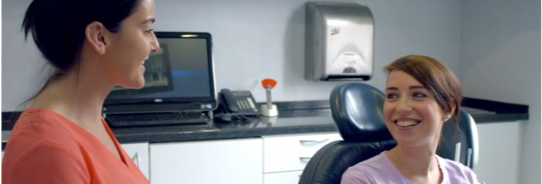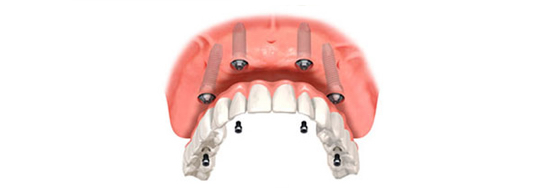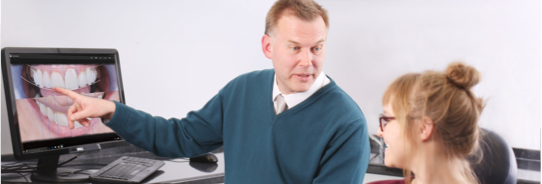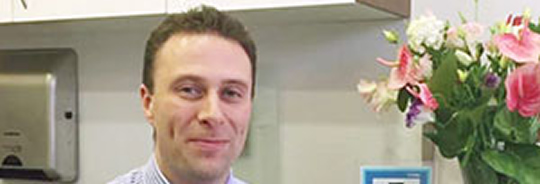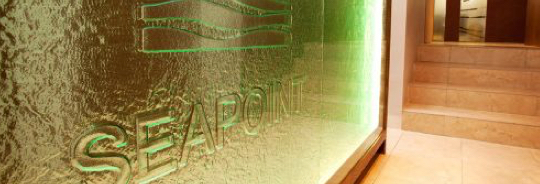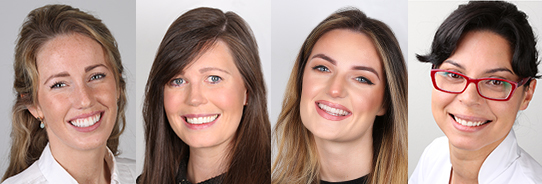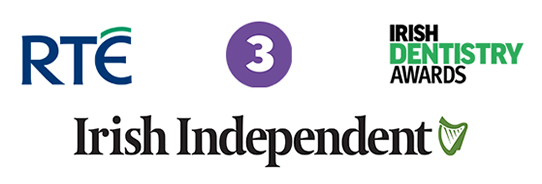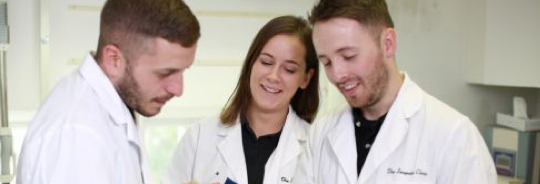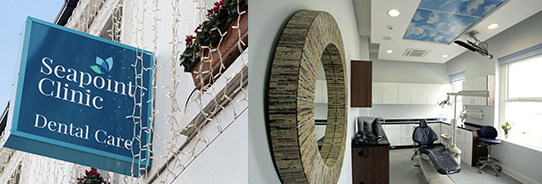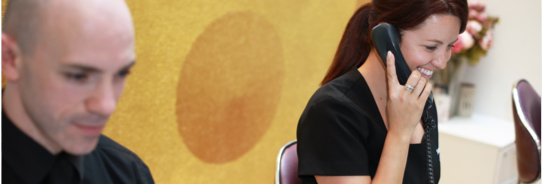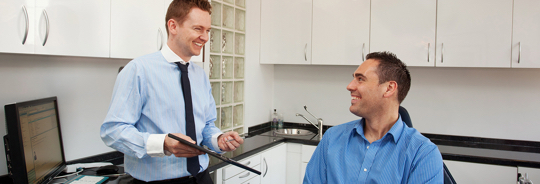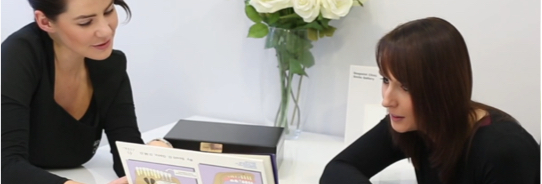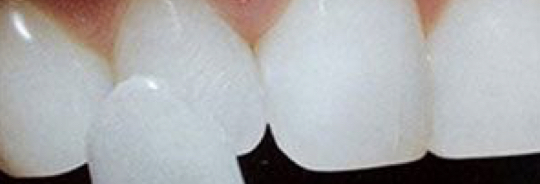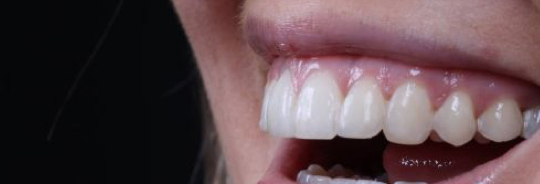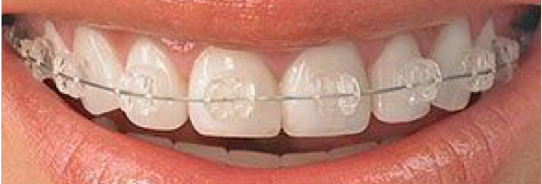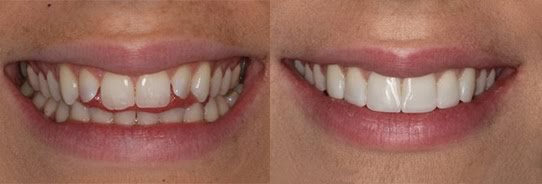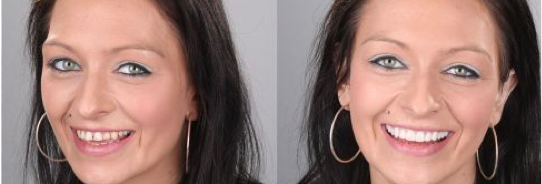

Blog
We post all the latest information here regularly so it's always up to date for you. If there is a topic you would like to have us cover please ask.
21 April 2017
Dental CT Scan Explained

CT Scans - X-Ray Dose and Technicals
Seapoint Clinic combines dental CT scans with advanced computer programming which enables us to create a perfectly clear image of the mouth. By doing so, this provides us with an incredibly detailed image as well as allowing your dentist to choose the most suitable area for your dental implants and lay out your treatment with incredible accuracy before even beginning the procedure. So just how does it work?
Unlike a standard X-ray, a CT scan is distortion free. This means we can illustrate the actual make-up of the bone and provides three-dimensional and cross-sectional views of your jaw, as opposed to merely rendering the area of the teeth and bone.
The reason why Dental CT scanning is becoming increasingly important in modern dentistry is how it helps your dentist decide whether you are a suitable candidate for dental implants. By doing so, this avoids any unnecessary treatment. Because the study tells your dentist a lot more than conventional X-rays, it's essential for preparing for your surgery. By using a Dental CT Scan, your dentist will know the exact location of anatomical structures, the contours of the jawbone and the ideal site for your implants before surgery.
A Dental CT Scan is used in order for your dentist to best determine if you are suitable for implant surgery. This is done in order to save you from a potentially unnecessary operation. A conventional CT scan helps inform your dentist far more than an ordinary x-ray would,allowing him or her to better prepare for treatment. A Dental CT Scan enables your dentist to see the exact location of anatomical structures, the contouring of your jaw and the ideal location for your implants before surgery takes place. This benefits you as it results in a much shorter procedure time and fewer complications. By opting for an X-ray, your dentist can provide you with the very best care possible.
The process of undergoing a CT Scan is straightforward. We just ask that you remove and jewellery, as this avoids any interference with the study. Once in the examination room, all we ask is for you to rest your head on the CT scanner bed, all the while comfortably cushioned on a padded rest. If you remain still, the process can be completed much quicker. Your radiographer will then explain each stage. You won't feel anything and the only part of your body that is scanned is your head. The process can take as little as 15 minutes. Once the scan is finished, the scanned images are then saved and processed in order to produce a clear 3D image of the area. Your dentist can then determine the most appropriate treatment.
Unlike a hospital-based scanner, our Sirona XG3D scanner provides a lower dose and we can even change the dose if necessary depending on the individual. The radiation dose does vary from patient to patient but on average is in the region of 0.1 to 0.5 mSv. This is an incredibly low dose, as everyone in Ireland receives roughly 2.2 mSv annually from naturally occurring background radiation. This means our Dental Scan is less than an average 3 months of natural background radiation.


